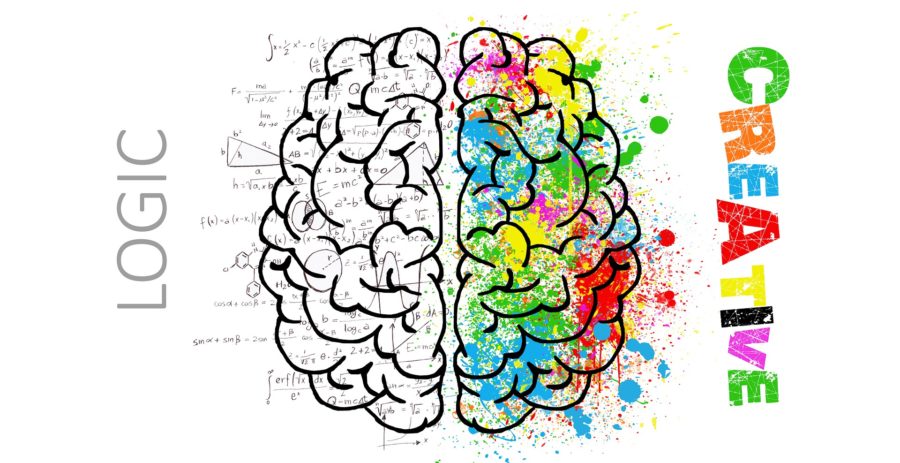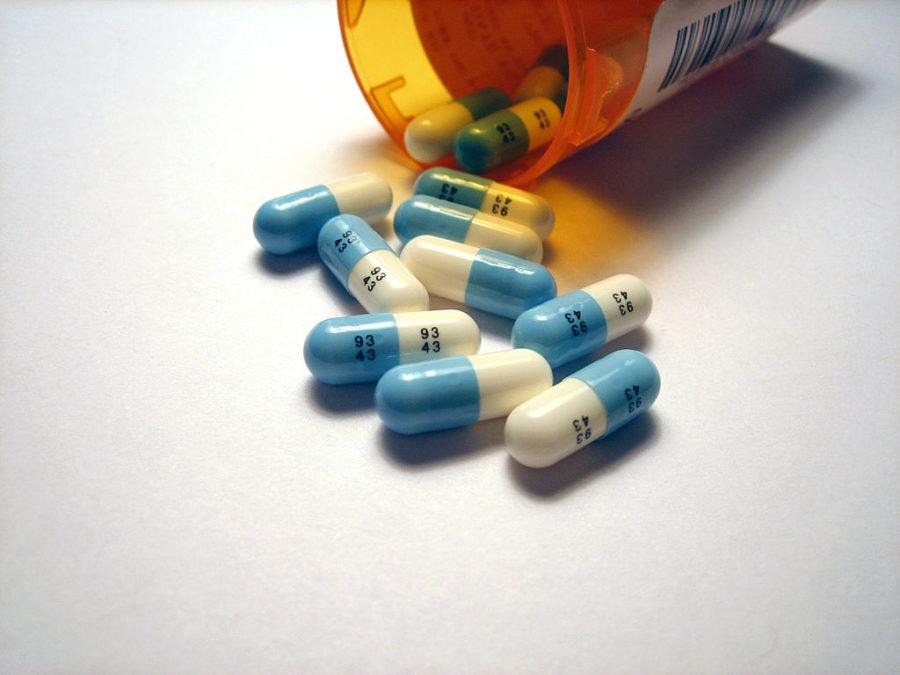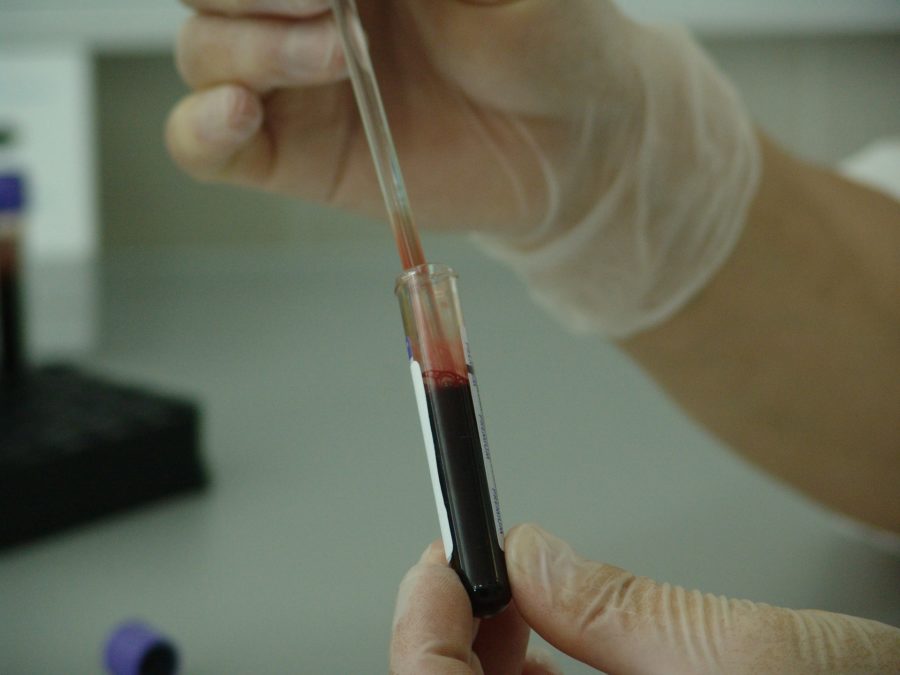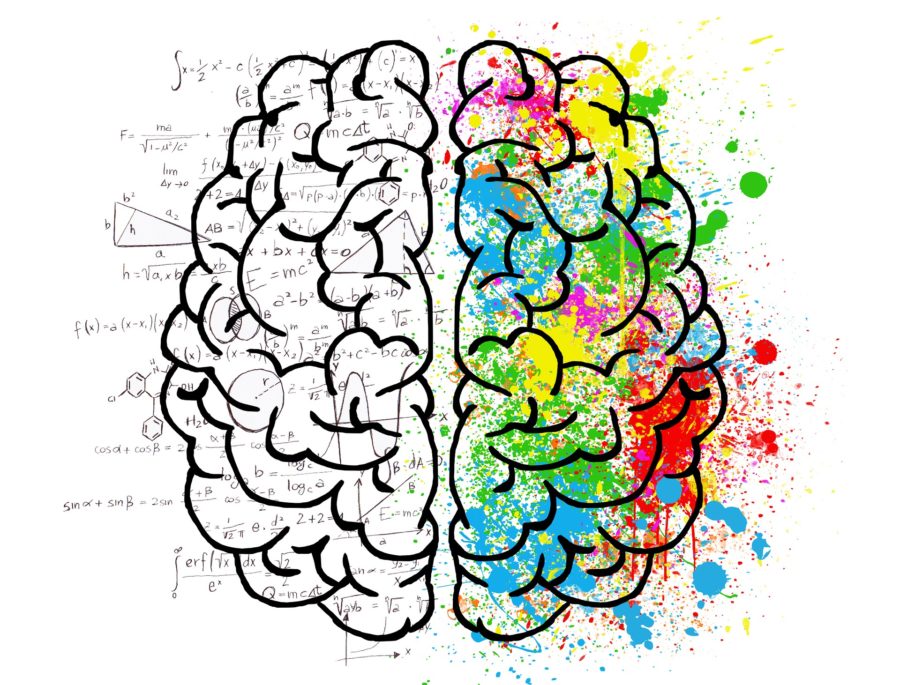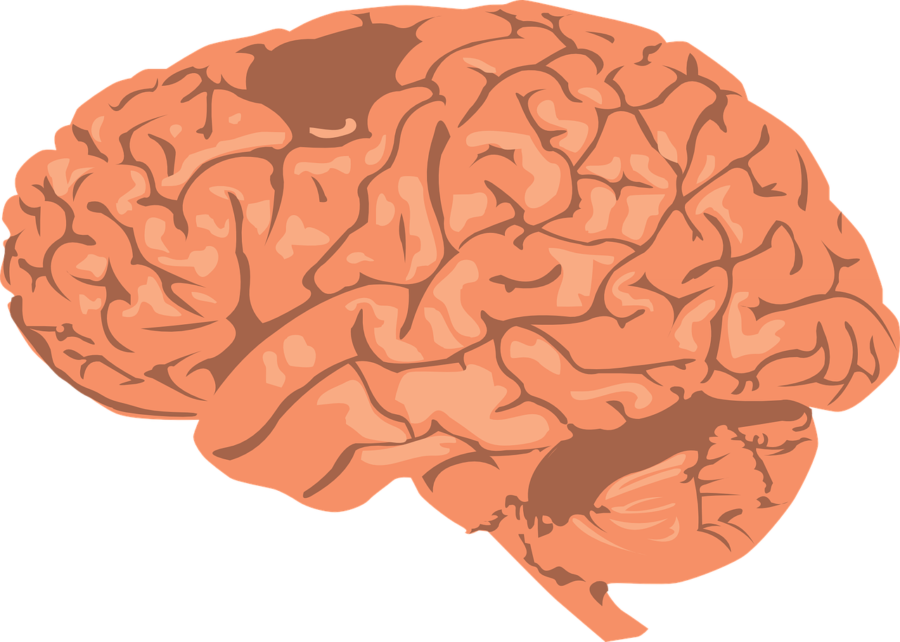
At some point during a night of drinking you know, well most people know, when they have had enough. That time may come when you are up on a table, half-dressed with a lampshade on your head singing along to ‘My Heart Will Go On,’ but it will come.
But, as with most things in the scientific realm, there is something going on behind the scenes too. In this case, researchers from Texas A&M Health Science Center College of Medicine have found that certain neurons, when activated, can have an effect on how much we drink.
Previous work from the researchers showed that alcohol can alter the function and structure of neurons known as medium spiny neurons. This alteration is what can cause one drink to turn into another and another and another.
This time around, they have found the neurons that tell the brain that it is time to put down the drink.
The neurons that were seen in the previous research were called D1 and were described by researchers as a ‘go’ path in the brain. Current research focuses on the D2 neurons which are being referred to as ‘no-go.’
These D2 neurons tell the brain to stop your current action and wait.
Jun Wang, an assistant professor in the Department of Neuroscience and a corresponding author on the paper, said that looking at the D2 neurons and addiction shows a positive correlation.
“When they are activated, they inhibit drinking behavior, and therefore activating them is important for preventing problem drinking behavior,” Wang said.
However, these D2 neurons become deactivated even in those who do not have drinking problems, which causes people to drink more since there is no signal from the brain to stop, even if it might be time.
The team of researchers saw that a cycle of drinking a lot of alcohol and then going without for a period of time, similar to binge-drinking, made the D2 neurons weaker, which then causes the person to seek out more alcohol.
“Think of the binge drinking behavior of so many young adults,” Wang said. “Essentially they are probably doing the same thing that we’ve shown leads to inhibition of these so-called ‘good’ neurons and contributes to greater alcohol consumption.”
Researchers found that by activating the D2 neurons that they were able to decrease alcohol consumption and said that the more the D2 neurons are active then the greater the effect will be.
While an animal model was used in the study, Wang hopes that one day it will be possible to test these findings on humans using drugs or electrical stimulation in order to activate the D2 neurons.
Wang hopes that this research will eventually lead to a tangible form of help for those struggling with alcoholism.
“That’s the ultimate goal,” Wang said. “I hope these findings will eventually be able to be used for treatment for alcohol addiction.”
Information compiled from ScienceDaily









